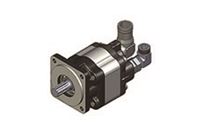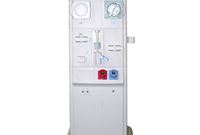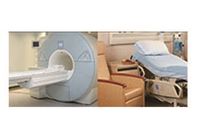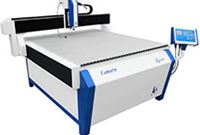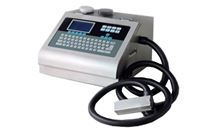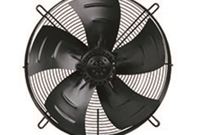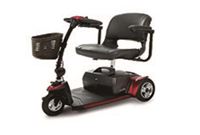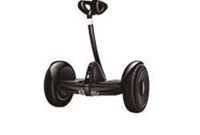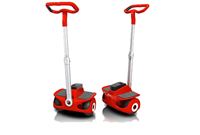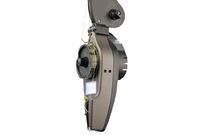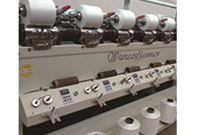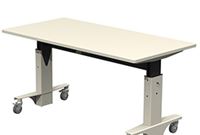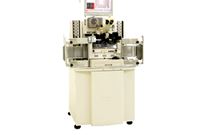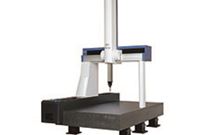- Q: How much life can I expect from a Brushless motor?
- A:
The life expectations of a BLDC motor are dependent on the operating conditions and environment, mostly like other small dc motors. However, because of the advantages of the brushless motor compared to a brush type motor, a BLDC motor-only will have minimal wear on the bearings and will have a relatively longer life span under “ideal” conditions. Also, high radial and axial loads will affect the life of the bearings, therefore, reducing life of the BLDC motor.
- Q: What types of magnets are used in the IMS brushless motors?
- A:
IMS utilizes several types of magnets for our motor assemblies. The BLDC motor is typically constructed using bonded neodymium magnets for design consideration of the power to weight ratio. Other options are available, such as samarium cobalt, sintered neodymium and rubberized ferrite. The sealternates can be utilized, but usually it depends on the application requirement, production volume, target cost, etc.
- Q: Does IMS carry outer rotor and inner rotor motors? What are the advantages between the two?
- A:
IMS can provide outer rotor motors, but only for specialized OEM projects. They are not a standard product offering. The advantage of an outer rotor motor is torque. These smaller packages can produce more torque than there equivalent inner rotor size motors. This is accomplished by the larger moment arm of the rotating outer rotor magnet. One disadvantage is speed capability. If high speeds exceeding 6,000 RPM are required, it is recommended you utilize an inner rotor construction motor. If your application requires an outer rotor motor, please contact us today at info@intermotionsupply.com for more information.
- Q: Can IMS brushless motors be run as servo motors?
- A:
IMS motor construction will not handle precision-sensitive low speed servo motion. Our design of pole and slot construction is intended for applications like pumps, rotary motion or speed control. Applications that require low speed and accurate position control should consider using a stepper motor with encoder or our Brushless Servo Motor.
- Q: What information do I need to provide in order for you to help me select an appropriate motor solution for my application?
- A:
The absolute minimum information required to properly select a motor solution is the supply voltage, available continuous and peak current, load torque, speed at load, and desired motor technology (brush or brushless). To be sure, the more application information you can provide, the more accurate and exact motor we can offer or quote to you. Examples of other helpful information include: a description of the application, duty cycle (time on, time off), ambient temperature, and motor size requirements (maximum diameter, length, and weight). Some other important technical details, like radial or axial loads, environmental conditions (exposure to water, dust, humidity extremes, and special atmospheres), feedback requirements (encoder resolution), EMI/RFI suppression requirements, and brake requirements are extremely helpful. For positioning applications, load inertia, angular displacement, move time, and friction torque can be provided instead of load torque and speed at load. Here at IMS, we want to make it easy for you. Please go to RFQ and complete the application form with as much information as possible, provide contact information, and let our engineers do the rest.
- Q: How do I calculate my load torque?
- A:
The torque requirement for an application can be calculated, measured directly using a torque measuring device (torque watch), or measured indirectly using a DC motor. When using a motor, measure the current draw of the motor under load, and calculate the torque using the equation below:
T = (I - INL) x (KT x N x h)Where
I = Current @load
T = Torque @load
KT = Torque Constant
N = Gear Ratio (Equals 1 if there is no gearbox) h = Gearbox Efficiency (Equals 1 if there is no gearbox)
INL = No-Load CurrentPlease be aware the results following this equation are reasonably close and suitable for most purposes. While finalizing the most suitable motor, of course, we need to take into consideration other thermal factors, such as safety margin, power supply, duty cycle, and environmental cooling.
- Q: How do I calculate the rated speed or the speed at a specific torque for a motor or gearmotor?
- A:
The output speed for a motor or gearmotor is given by the equation below:
w = [VS - (I x Rmt)] / (KE x N)Where
w = Speed
VS = Supply Voltage
I = Current (Obtained from previous equation) Rmt = Motor Terminal Resistance
KE = Back-EMF Constant
N = Gear Ratio (Equals 1 if there is no gearbox)Maximum continuous (rated) current can be obtained from the previous equation and used as the current value to obtain the speed at the maximum continuous (rated) torque. Please be aware that this equation approximates the motor speed and does not take thermal conditions into consideration. The results are reasonably close and suitable for most purposes.
- Q: How do you calculate the HP of a motor?
- A:
A motor's Hp (Horse Power) is calculated using the following equation:
Hp= (T (lb-ft) x N (rpm)/5252. This gives the Hp at a rated speed.
- Q: How can I calculate my power needs?
- A:
A simple formula can be used to roughly determine what is needed power-wise. Here’s an example:
Motor Speed:
3600 RPM
Motor Torque:
340 mNm = 0.34N.m
Voltage:
12VDC
Assumed Eff %:
80 %
Power Output:
Speed(rpm) x Torque(N.m) x 0.1047
=
127 Watts Output
Power Input:
Watts Output / Assumed Eff%
=
159 Watts Input (Required)
Current Requirement:
Watts Input / Voltage
=
13.2 Amps (Minimum)
To convert to a different unit, please go to the Unit Conversion Table
- Q: What environmental considerations are there?
- A:
Typical environmental temps for the motor should be run in a low humidity environment with an ambient temperature range of –20 C to +50 C. BLDC motors do have IP ratings associated to them and limited customization can be done to increase the IP rating. If severe conditions require IP ratings of IP54 or higher, a customized motor construction is required to accommodate this need.
